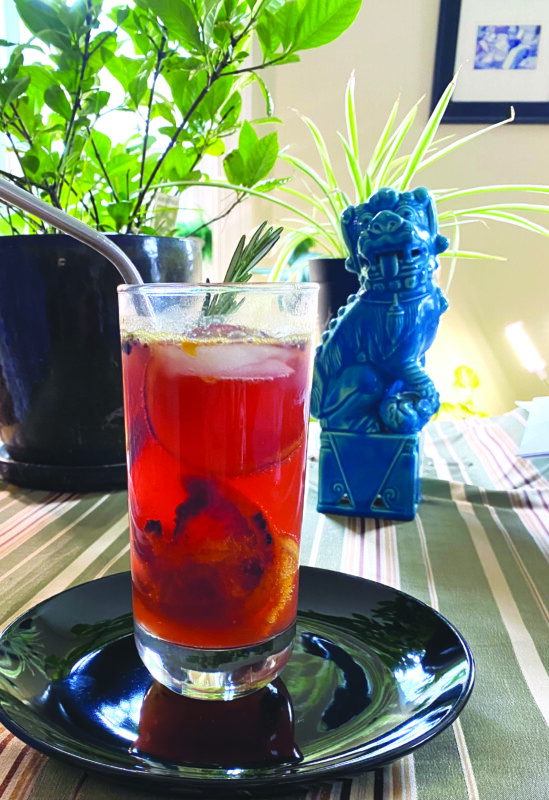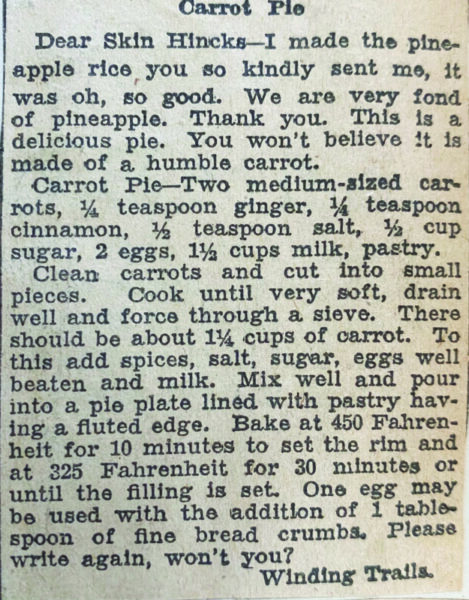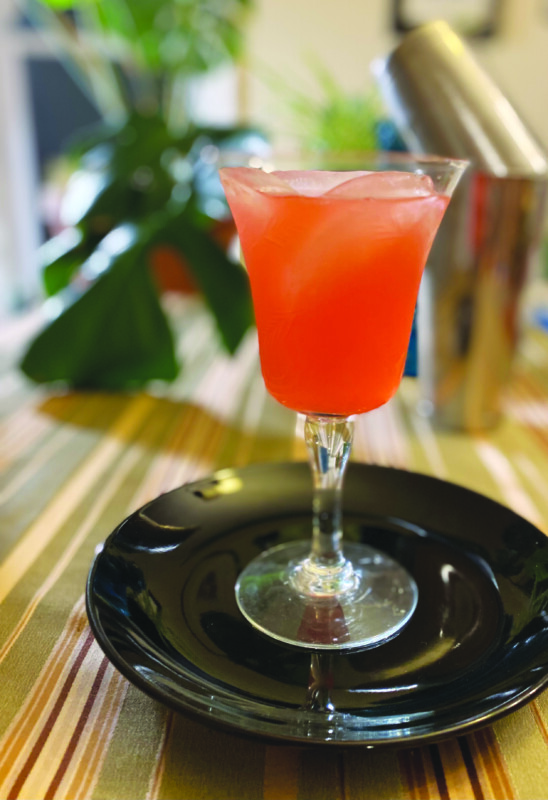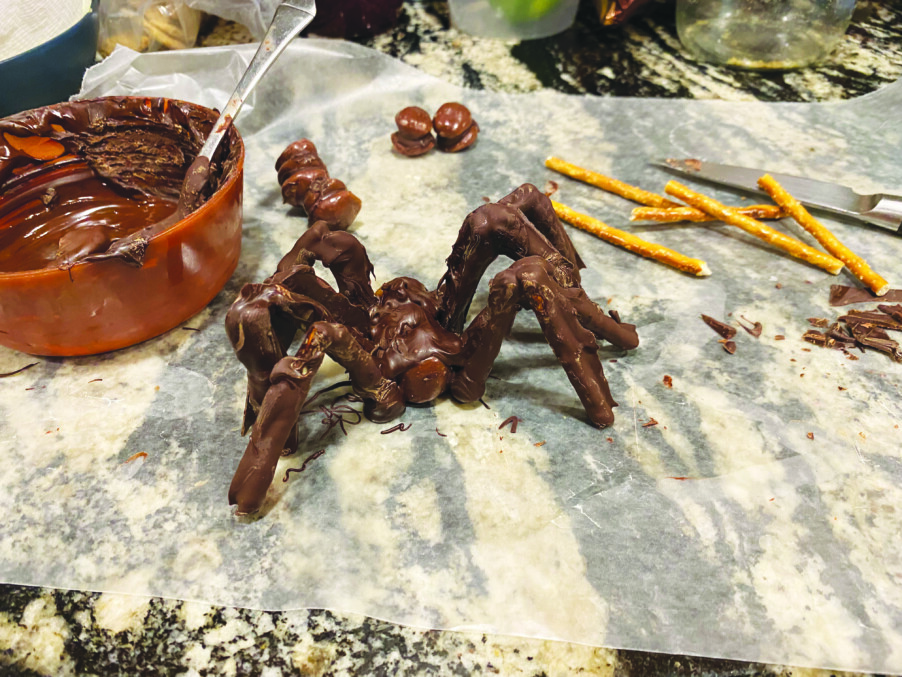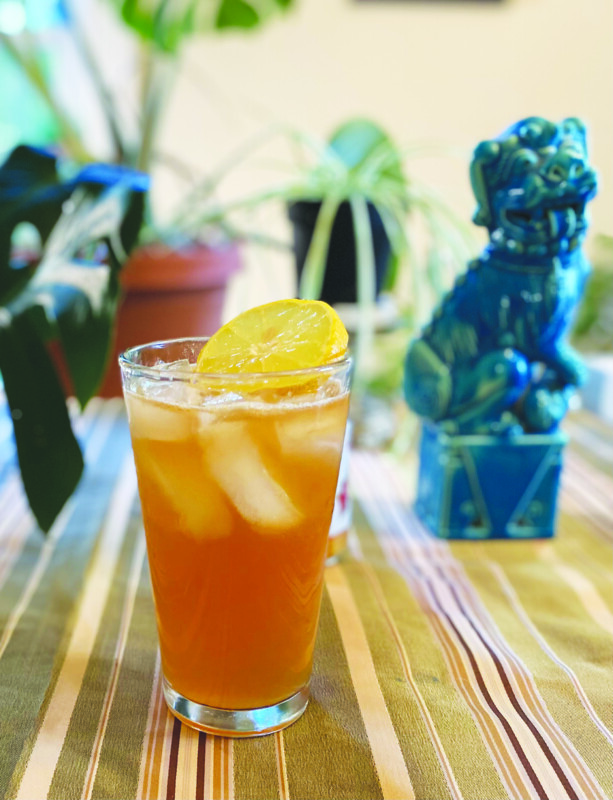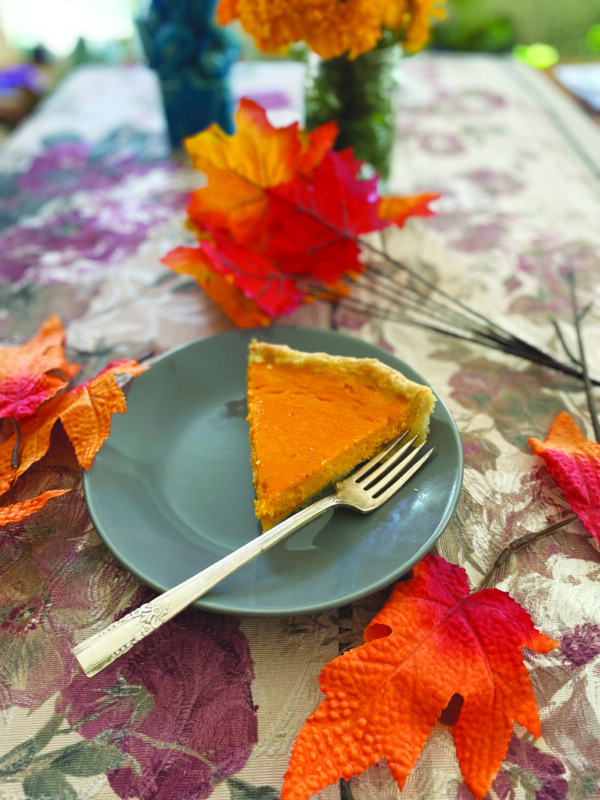A year or so ago, I splurged on some fancy party-wear — a burgundy velvet smoking jacket, a silk ascot and a fez. I couldn’t tell you why. I just wanted something fancy to wear if I ever got invited to a fancy party, or threw a fancy party.
There would be jazz music and cocktails and elegant women, who smelled like roses, in caftans, and I would be ready for it in a smoking jacket, ascot and fez. A woman in pearls and elbow-length gloves would make excuses to talk to me and ask for tips about how to start a houseplant from an avocado pit.
A British man with a pipe, and patches on the elbows of his jacket, would raise his eyebrows and mutter, “Well, played, old man.”
A bow-tied waitress would bring me an amuse bouche on a silver tray and say, “A little something from the chef, sir.”
There would be antique rugs on the floor, and goldfish in the fountain, and a bookcase full of 100-year-old travel guides with old, yellowing photographs for bookmarks.
I wouldn’t be better dressed than the other Very Fancy People, but I would fit right in.
I haven’t been to this party yet, and my smoking jacket remains securely in the back of my closet, but I live in hope. No matter how casual and down-to-earth any of us are, every once in a while we all feel the call of fanciness.
A Fancy Cocktail – The November Sunset
This is a fancy cocktail that requires a bit of preparation, but it is the time of the year when we start to make our peace with fanciness. In this case we need to caramelize some oranges.
Caramelized Oranges
- 2 large ripe oranges, cut into ¼-inch slices
- 1 Tablespoon olive oil
- 2 Tablespoons hot honey
- ½ teaspoon coarse sea salt
- fresh rosemary
Preheat your oven to 500º, with the top rack 6 inches from the top of the oven.
In a large bowl, toss the orange slices with the olive oil and honey.
Lay the orange slices out on a piece of parchment paper or a silicon baking sheet, and sprinkle with salt.
Caramelize the oranges in the oven, until they turn dark and moody-looking. This might take 20 minutes or so, but keep a sharp eye on them after 15, to make sure they don’t burn.
Sprinkle the orange slices with rosemary, then roast for another 2 to 3 minutes.
Remove from the oven and cool.
The Fancy Cocktail
- 3 caramelized orange slices
- 2 ounces dry gin
- 2 ounces unsweetened cranberry juice
- 5 to 6 ounces tonic water
- sprig of rosemary
- ice
Muddle three slices of the caramelized orange in the bottom of a Collins glass.
Add ice, then gin and cranberry juice. Stir to combine.
Top with tonic water, almost to the top of the glass.
Stir again. Make sure you bring the orange slices up to the side of the glass, where they can be seen, so everyone knows that this is a fancy drink.
Garnish with the rosemary sprig.
Sip while listening to Cole Porter and — as my grandfather often expressed — wonder aloud what the poor people are doing tonight.
This is one of those drinks where if you concentrate hard enough you can taste each individual element. The roasted orange tastes a little smoky and bitter but also very fruity and floral. The gin hides very discreetly in the background but is there if you look hard enough for it. The cranberry juice plays beautifully with the bitterness of the tonic water.
All in all, it tastes a lot like a fancy party.
John Fladd is a veteran Hippo writer, a father, writer and cocktail enthusiast, living in New Hampshire.
Featured photo: The November Sunset. Photo by John Fladd.

